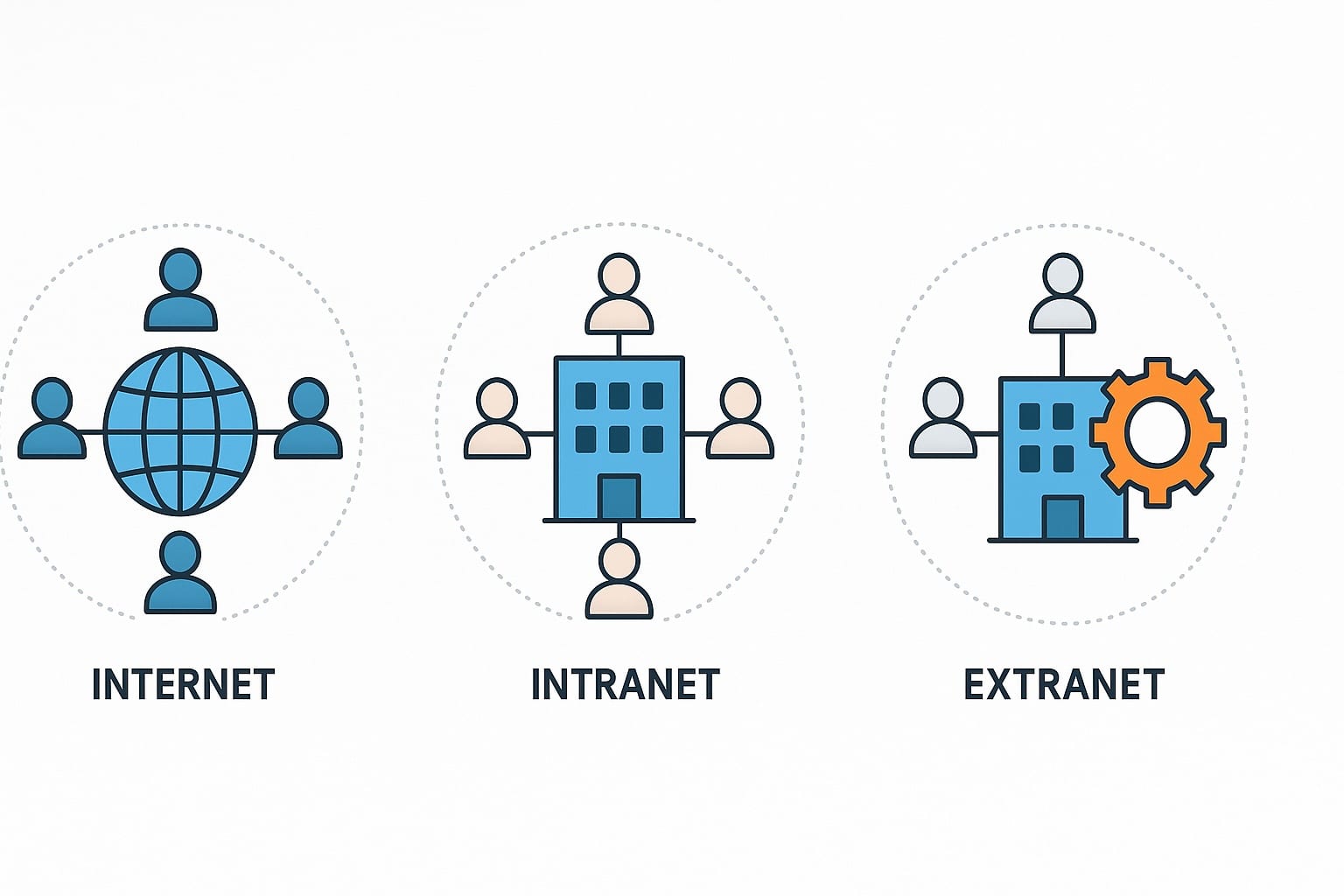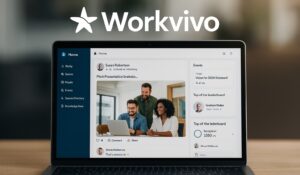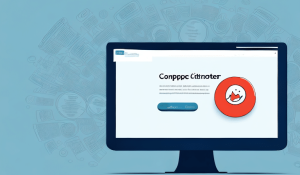With so many networks powering our digital world, it’s easy to confuse intranet vs extranet vs internet. These terms often get used interchangeably, but each serves a distinct purpose. The internet connects the world, the intranet connects employees within a company, and the extranet connects companies with trusted partners.
For businesses, understanding these differences is critical. It determines how information flows, how secure data remains, and how employees, partners, and customers engage. Choosing the right setup impacts everything from internal communications to collaboration with vendors.
In this guide, we’ll break down the difference between intranet and extranet (and the internet), provide real-world examples, and show how modern intranet software outpaces legacy networks.
What Is the Internet?
The internet is the largest public network on the planet, connecting billions of devices worldwide. It’s an open network where anyone with access can browse websites, use apps, stream video, and connect on social platforms.
Examples of everyday internet use:
- Reading news articles
- Shopping online
- Using social media
- Accessing public cloud apps (Google Drive, Dropbox, Slack)
Characteristics of the internet:
- Public access: Anyone with an internet connection can access it.
- Vast scale: Hosts billions of websites and applications.
- Risks: Because it’s open, it requires layers of protection like firewalls, anti-virus software, and encryption.
While the internet is essential for global connectivity, it’s not designed for private organizational use. That’s where intranets and extranets come in.
What Is an Intranet?
An intranet is a private, internal network used within an organization. Only employees (or authorized users) can access it. Think of it as a digital hub where workers collaborate, share knowledge, and access company tools.
Common intranet use cases:
- Company news, announcements, and policies
- Employee directories and org charts
- HR forms, training, and onboarding materials
- Secure collaboration spaces for projects
- Internal apps (payroll, IT support, knowledge base)
Modern intranets have evolved far beyond static websites. Today’s intranets for companies include mobile apps, chat, AI search, and integrations with tools like Teams and Slack.
Characteristics of an intranet:
- Private: Access restricted to employees or select staff.
- Secure: Firewalls, authentication, and permissions control access.
- Engagement-focused: Drives communication, culture, and collaboration.
👉 Explore intranet software to see how businesses power workplace communications across channels.
What Is an Extranet?
An extranet is like an intranet, but with carefully controlled access for external stakeholders such as partners, suppliers, or clients. It’s a private network that allows collaboration beyond company walls while still maintaining security.
Examples of extranet use cases:
- A manufacturer sharing real-time inventory data with suppliers
- A university granting alumni access to certain resources
- A healthcare organization collaborating with insurance providers
- B2B portals for distributors or resellers
Characteristics of an extranet:
- Restricted external access: Only select outsiders can log in.
- Collaboration bridge: Facilitates B2B or client interactions.
- Secure sharing: Permissions prevent unauthorized access.
While extranets provide controlled external collaboration, they’re more complex to manage than intranets due to multiple stakeholder permissions.

Intranet vs Internet vs Extranet: Key Differences
To make things crystal clear, here’s a side-by-side comparison of internet vs intranet vs extranet differences:
| Feature | Internet | Intranet | Extranet |
|---|---|---|---|
| Access | Public, open to anyone | Private, internal staff only | Restricted, staff + selected outsiders |
| Users | Global (billions) | Employees of one company | Employees + vendors, partners, clients |
| Security | Dependent on external protections | High, controlled by organization | High, but extended to third parties |
| Purpose | Global information sharing | Internal communication & collaboration | Secure external collaboration |
| Examples | Google, Facebook, Amazon | HR portals, company news hub | Supplier portals, B2B platforms |
Summary:
- The internet is open, global, and public.
- The intranet is private, secure, and internal.
- The extranet blends both, extending internal access to trusted external partners.
👉 See how a company intranet fits into this picture for modern organizations.
Choosing the Right Network for Your Organization
Which one should your company use: intranet vs extranet vs internet? The answer depends on your goals.
- Small businesses often rely heavily on the internet for cloud tools, but a basic intranet helps centralize documents and announcements.
- Mid-sized companies typically deploy intranets for internal collaboration and use extranets for vendor management.
- Large enterprises run all three: intranets for employees, extranets for partners, and of course, the public internet for marketing and e-commerce.
Industry use cases:
- Healthcare: Intranet for staff resources; extranet for insurance providers.
- Manufacturing: Intranet for workforce training; extranet for supply chain partners.
- Retail: Intranet for frontline communication; internet for e-commerce.
👉 Learn about how to find the right intranet solution provider.
How Modern Intranet Software Outpaces Traditional Networks
Traditional intranets and extranets were static, document-heavy portals. Today’s modern intranet software has transformed into an all-in-one digital workplace.
Key features include:
- Multi-channel communications: Push notifications, email, SMS, Teams, Slack.
- AI-powered search: Find policies, SOPs, or people instantly.
- Multilingual support: Serve global and diverse workforces.
- Employee engagement tools: Recognition, surveys, social feeds.
- Integration-friendly: Connect with HRIS, LMS, payroll, and productivity apps.
👉 Explore the employee intranet platform to see how businesses move beyond static intranets.
Modern intranet platforms are no longer just “internal websites.” They’re full-scale engagement platforms driving culture, collaboration, and productivity.
Conclusion: Internet vs Intranet vs Extranet – Which One Fits Your Business Needs?
The internet, intranet, and extranet each play different roles:
- The internet powers global connectivity.
- The intranet drives internal communications and collaboration.
- The extranet enables secure collaboration with trusted outsiders.
For businesses, the key is leveraging the right mix. Intranets, especially when powered by modern software, are essential for employee communication and engagement. Extranets extend collaboration, and the internet keeps organizations connected to the world.
👉 Ready to see how an intranet can transform your workplace? Book a demo of HubEngage today.
FAQs
What’s the difference between the Internet, Intranet, and Extranet?
The internet is public and open to all. An intranet is private and restricted to employees within a company. An extranet is a private network that extends to select external partners.
Why do companies need an intranet instead of just the internet?
An intranet provides secure, centralized communication for employees. Unlike the internet, it hosts internal policies, HR forms, training, and collaboration tools that the public should not access.
How does an extranet differ from an intranet?
While both are private, an intranet is for employees only. An extranet extends access to vendors, clients, or partners for secure collaboration beyond the organization.
Which is more secure: intranet, extranet, or internet?
The intranet is typically the most secure, since it’s limited to internal staff. An extranet is secure but adds complexity due to external access. The internet, being public, carries the highest risk without security measures like firewalls and encryption.
External Resources:
- Intranet and Extranet explained simpler
- Intranet and Internet: Blog
- Extranet and Internet: Guest Bloggers’ Compilation













